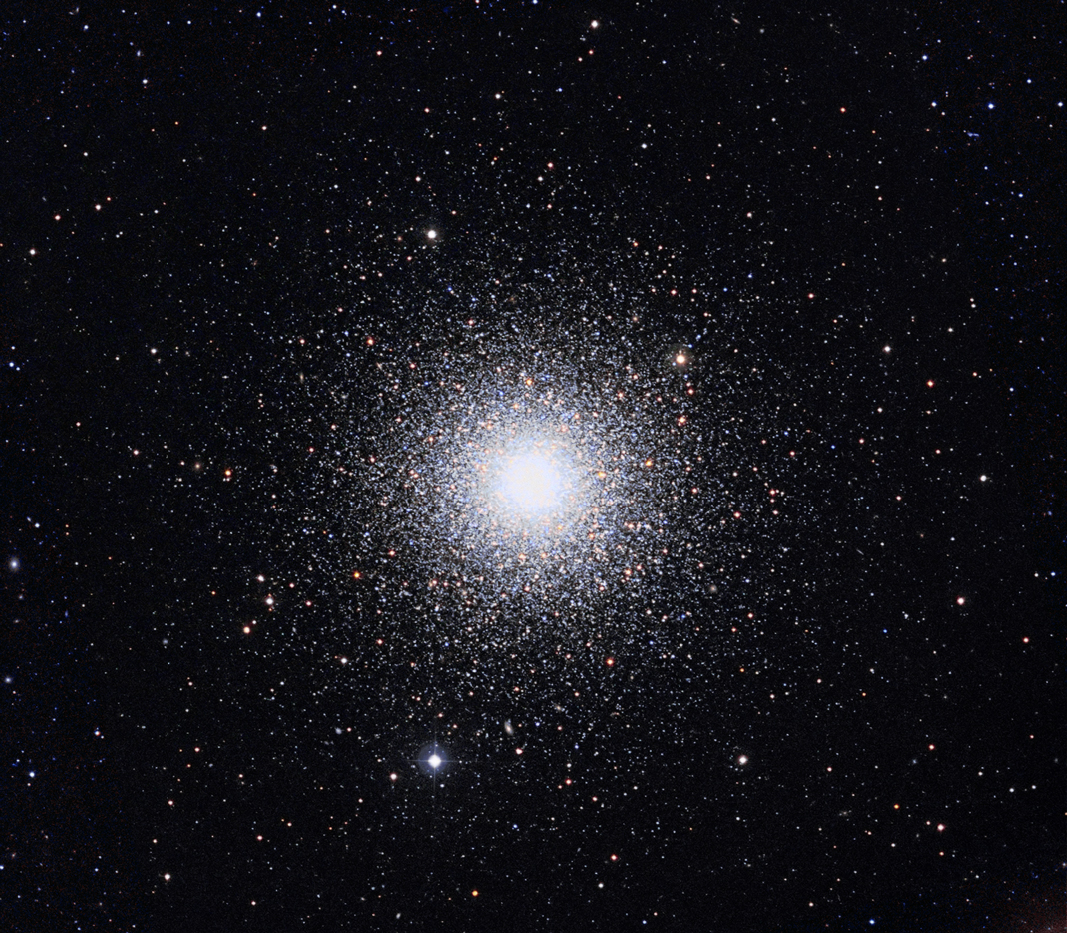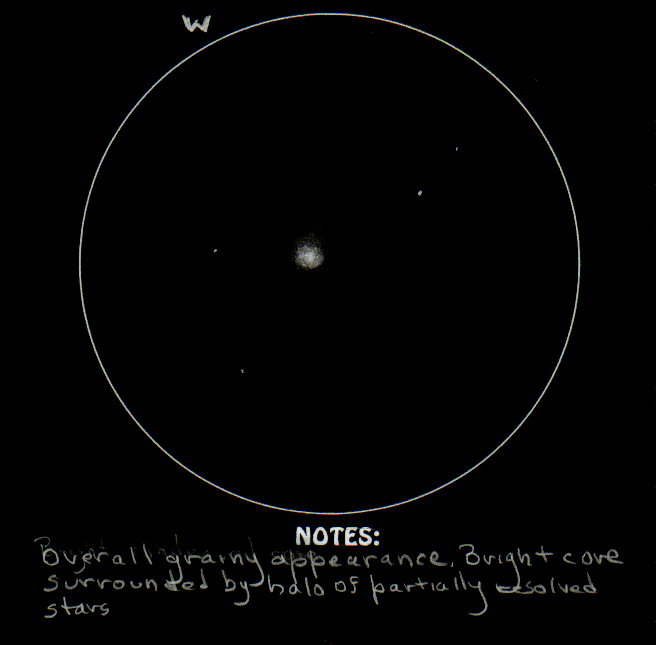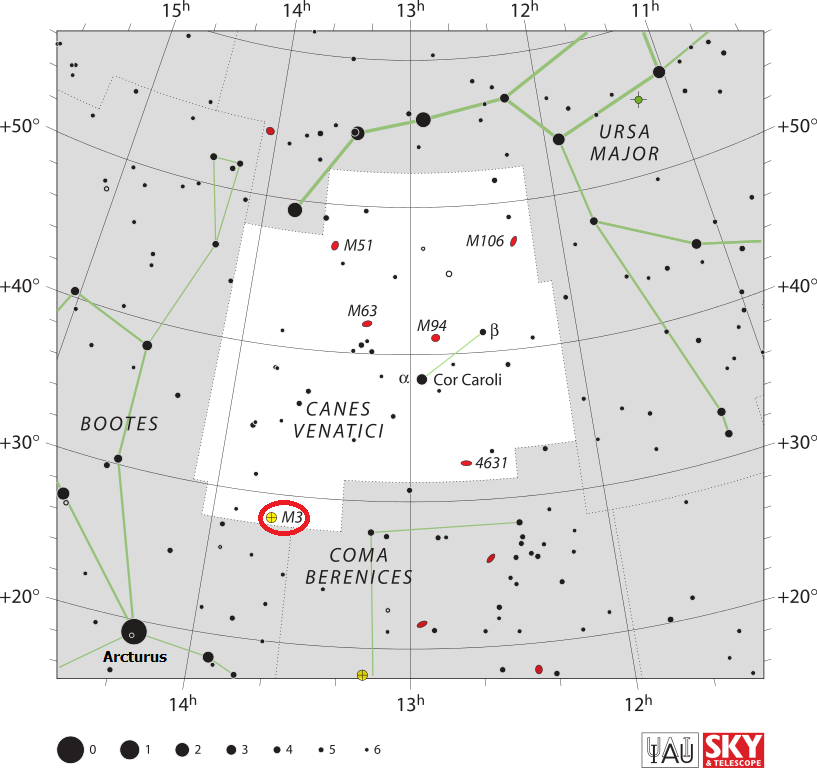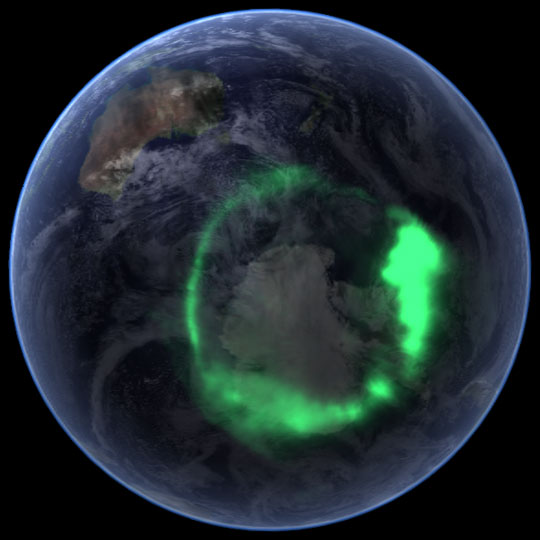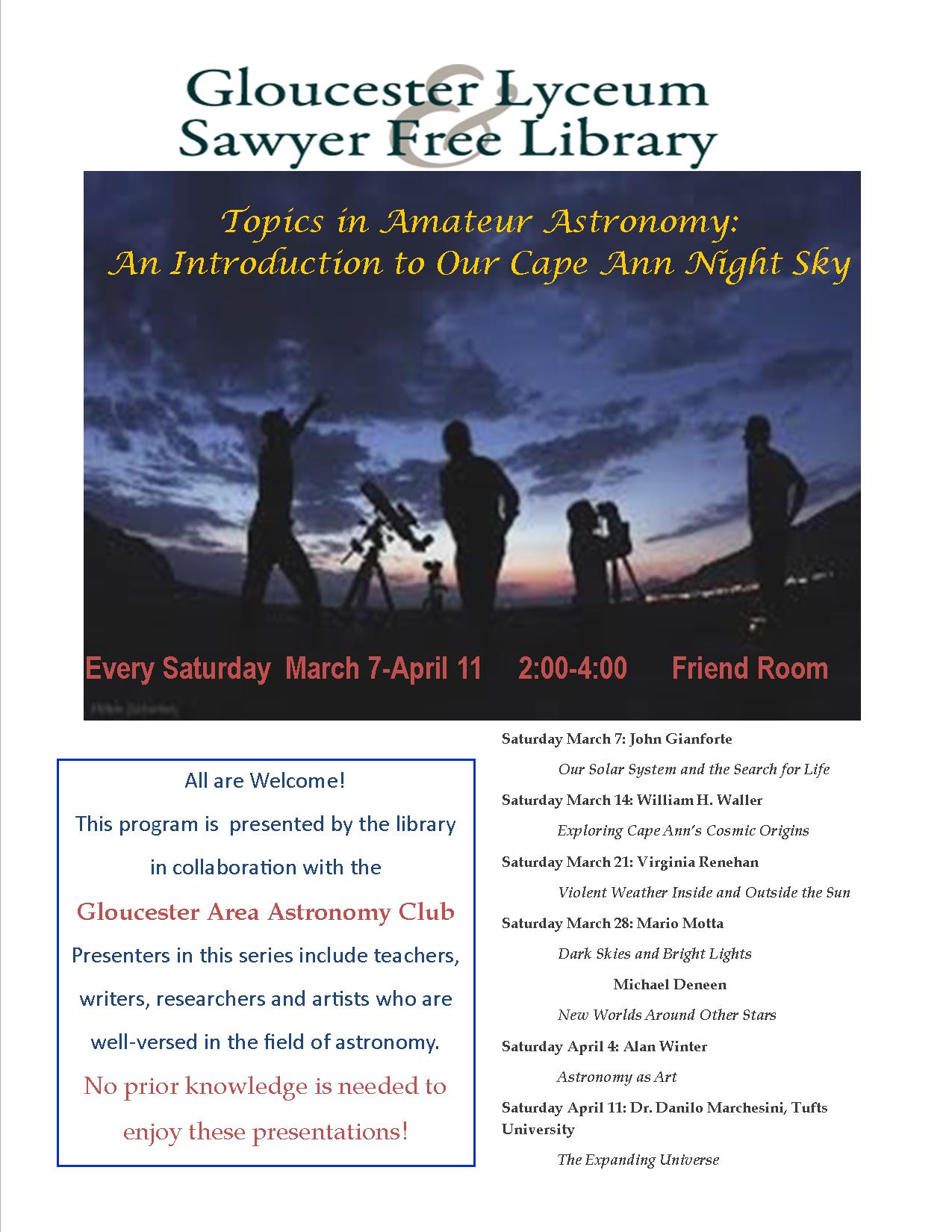Is the Most Massive Star Still Alive?
By Ethan Siegel
The brilliant specks of light twinkling in the night sky, with more and more visible under darker skies and with larger telescope apertures, each have their own story to tell. In general, a star's color correlates very well with its mass and its total lifetime, with the bluest stars representing the hottest, most massive and shortest-lived stars in the universe. Even though they contain the most fuel overall, their cores achieve incredibly high temperatures, meaning they burn through their fuel the fastest, in only a few million years instead of roughly ten billion like our sun.
 Because of this, it's only the youngest of all star clusters that contain the hottest, bluest stars, and so if we want to find the most massive stars in the universe, we have to look to the largest regions of space that are actively forming them right now. In our local group of galaxies, that region doesn't belong to the giants, the Milky Way or Andromeda, but to the Large Magellanic Cloud (LMC), a small, satellite galaxy (and fourth-largest in the local group) located 170,000 light years distant.
Because of this, it's only the youngest of all star clusters that contain the hottest, bluest stars, and so if we want to find the most massive stars in the universe, we have to look to the largest regions of space that are actively forming them right now. In our local group of galaxies, that region doesn't belong to the giants, the Milky Way or Andromeda, but to the Large Magellanic Cloud (LMC), a small, satellite galaxy (and fourth-largest in the local group) located 170,000 light years distant.
Despite containing only one percent of the mass of our galaxy, the LMC contains the Tarantula Nebula (30 Doradus), a star-forming nebula approximately 1,000 light years in size, or roughly seven percent of the galaxy itself. You'll have to be south of the Tropic of Cancer to observe it, but if you can locate it, its center contains the super star cluster NGC 2070, holding more than 500,000 unique stars, including many hundreds of spectacular, bright blue ones. With a maximum age of two million years, the stars in this cluster are some of the youngest and most massive ever found.
At the center of NGC 2070 is a very compact concentration of stars known as R136, which is responsible for most of the light illuminating the entire Tarantula Nebula. Consisting of no less than 72 O-class and Wolf-Rayet stars within just 20 arc seconds of one another, the most massive is R136a1, with 260 times the sun's mass and a luminosity that outshines us by a factor of seven million. Since the light has to travel 170,000 light years to reach us, it's quite possible that this star has already died in a spectacular supernova, and might not even exist any longer! The next time you get a good glimpse of the southern skies, look for the most massive star in the universe, and ponder that it might not even still be alive.
Images credit: ESO/IDA/Danish 1.5 m/R. Gendler, C. C. Thöne, C. Féron, and J.-E. Ovaldsen (L), of the giant star-forming Tarantula Nebula in the Large Magellanic Cloud; NASA, ESA, and E. Sabbi (ESA/STScI), with acknowledgment to R. O'Connell (University of Virginia) and the Wide Field Camera 3 Science Oversight Committee (R), of the central merging star cluster NGC 2070, containing the enormous R136a1 at the center.
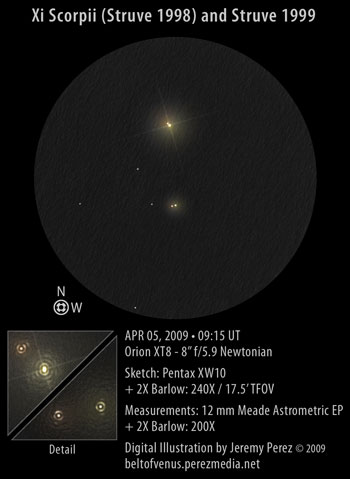 Our cosmic wanderings take us 93 light years away to the triple star xi (ξ) Scorpii (Σ1998),
Our cosmic wanderings take us 93 light years away to the triple star xi (ξ) Scorpii (Σ1998), 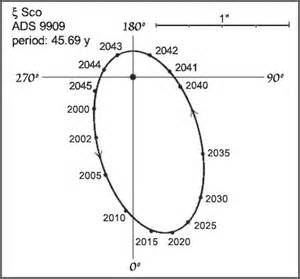 located in the Scorpion’s northwest corner. A 60mm refractor magnifying 60X will reveal two stars (xi Scorpii A and C), of magnitudes 4.9 and 7.3 and separated by 7.0”. If the seeing is extremely steady, check out the brighter star with a larger scope (minimum aperture of 4 inches) and magnification of 150X or more.
located in the Scorpion’s northwest corner. A 60mm refractor magnifying 60X will reveal two stars (xi Scorpii A and C), of magnitudes 4.9 and 7.3 and separated by 7.0”. If the seeing is extremely steady, check out the brighter star with a larger scope (minimum aperture of 4 inches) and magnification of 150X or more. When I first viewed xi Scorpii with a 3-inch reflecting telescope in the summer of 1971, I was surprised to see a faint double star in the same field. I had “discovered” Σ1999 (magnitudes 7.5 and 8.1; separation 11.8”. Although nearly 5 minutes of arc separate Σ1999 from xi Scorpii, the two have the same common proper motion and are likely gravitationally bound.
When I first viewed xi Scorpii with a 3-inch reflecting telescope in the summer of 1971, I was surprised to see a faint double star in the same field. I had “discovered” Σ1999 (magnitudes 7.5 and 8.1; separation 11.8”. Although nearly 5 minutes of arc separate Σ1999 from xi Scorpii, the two have the same common proper motion and are likely gravitationally bound.

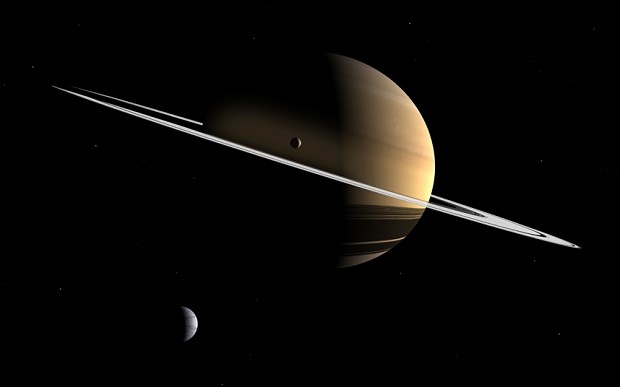 We'll have telescopes of every size and description set up inside the
We'll have telescopes of every size and description set up inside the 